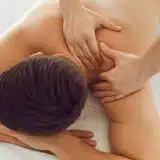Tension with Precision: Unlocking Knots and Trigger Point Relief with Tension-Alleviating Massage
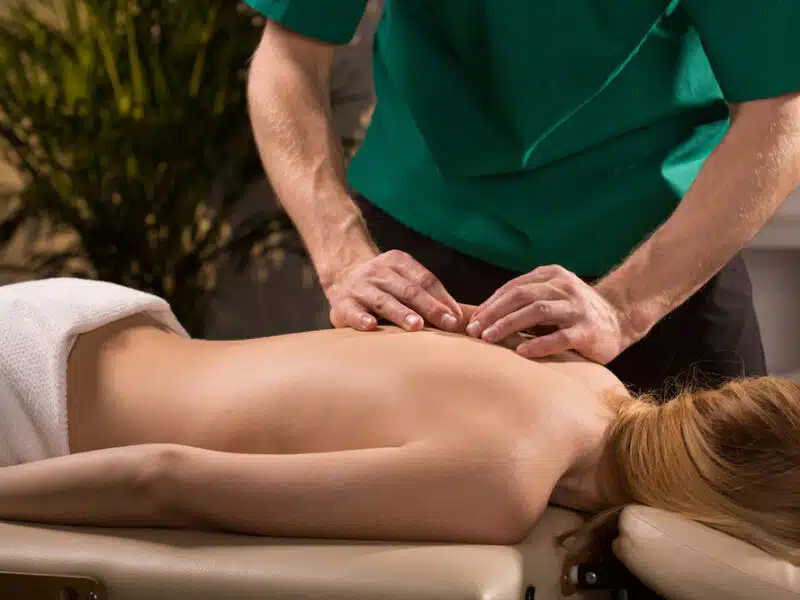
Achieve Optimal Relief and Relaxation with the Targeted Precision of Tension-Alleviating Massage
What is Massage 13th Jul, 2023
Tension with Precision massage is a one-of-a-kind method of bodywork that combines an understanding of the body’s tension with exact massage techniques to relieve discomfort, promote relaxation, and enhance general health.
This method incorporates a thorough study of stress zones in the body and utilizes focused massage tactics to these regions to maximize therapeutic impact.
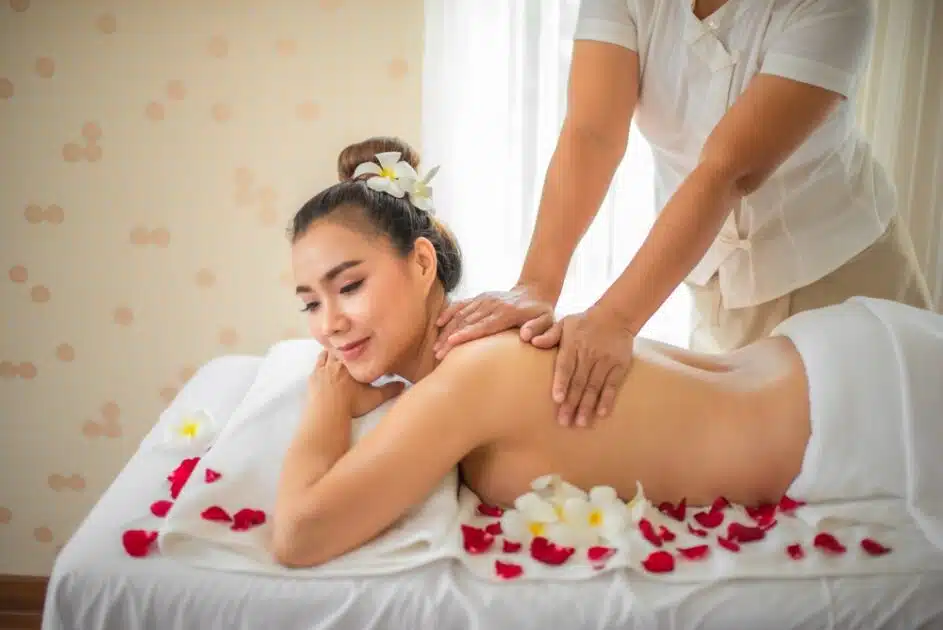
Unlike traditional massage, which might utilize wide strokes at times, Tension with Precision concentrates particularly on areas of tension, treating the body with care and attention to detail.
Relevance and Benefits of the Technique
The relevance of Tension with Precision massage in contemporary health and wellness cannot be overstated. In our fast-paced world, muscle tension is increasingly prevalent due to factors such as sedentary lifestyles, prolonged periods of stress, and poor ergonomics. Regular application of Tension with Precision massage can be a proactive measure to manage this common issue, promoting not only physical well-being but mental and emotional health as well.
The technique comes with a multitude of benefits. For starters, it provides immediate relief to tension-heavy areas, mitigating aches, stiffness, and discomfort. Over time, it can also improve the body’s range of motion and flexibility by releasing tension knots and facilitating better muscle function. Moreover, the precision involved promotes a deep sense of relaxation, helping to combat stress, improve sleep quality, and enhance overall well-being. It’s no wonder that more and more people are turning to Tension with Precision massage as an integral part of their health and wellness routine.
Understanding Tension in the Body
Muscle Tension Explained
Muscle tension is a condition in which muscles stay semi-contracted for a lengthy amount of time. It might be localized or impact numerous areas of the body. Muscle tension, commonly felt as tightness or stiffness, is the body’s normal response to physical and psychological stress. When the stressor is removed, the muscles normally relax. However, if the stress continues, the muscles may remain in a semi-contracted condition, resulting in muscular tension.
Causes of Muscle Tension
1. Physical Stressors
- Overuse of certain muscle groups due to repetitive tasks
- Strenuous physical activity without proper warm-up or cool-down
- Maintaining poor posture for prolonged periods
- Physical injury
2. Psychological Stressors
- Emotional stress or anxiety, causes the body to tense up as part of the ‘fight or flight’ response. Persistent stress or anxiety can lead to chronic muscle tension.
3. Lifestyle Factors
- Insufficient sleep
- Poor diet
- Inadequate hydration
The Effect of Persistent Stress on Overall Health
Chronic muscular stress can have far-reaching consequences for one’s entire health. It can cause persistent discomfort, decreased mobility, and a higher risk of muscular strains or other accidents.
Chronic stress can also disrupt normal bodily functions, potentially damaging the digestive, cardiovascular, and immunological systems. Chronic muscular tension is frequently related to continuing stress, anxiety, and depression, and it can become a cause of stress in and of itself, creating a vicious cycle.
It can have a significant impact on sleep quality, resulting in weariness and reduced cognitive performance. Thus, persistent muscular tension can have a negative impact on an individual’s quality of life, making its treatment critical for general health and well-being.
Tension with Precision Massage Definition and Concepts
Precision Massage is a specialist method that targets particular muscle groups in a thorough and concentrated manner. Precision Massage is founded on the concept that each person’s body is unique, as are their stress areas. As a result, this technique goes beyond the ‘one-size-fits-all’ approach of typical massages and targets particular areas of tension to provide relief and relaxation.
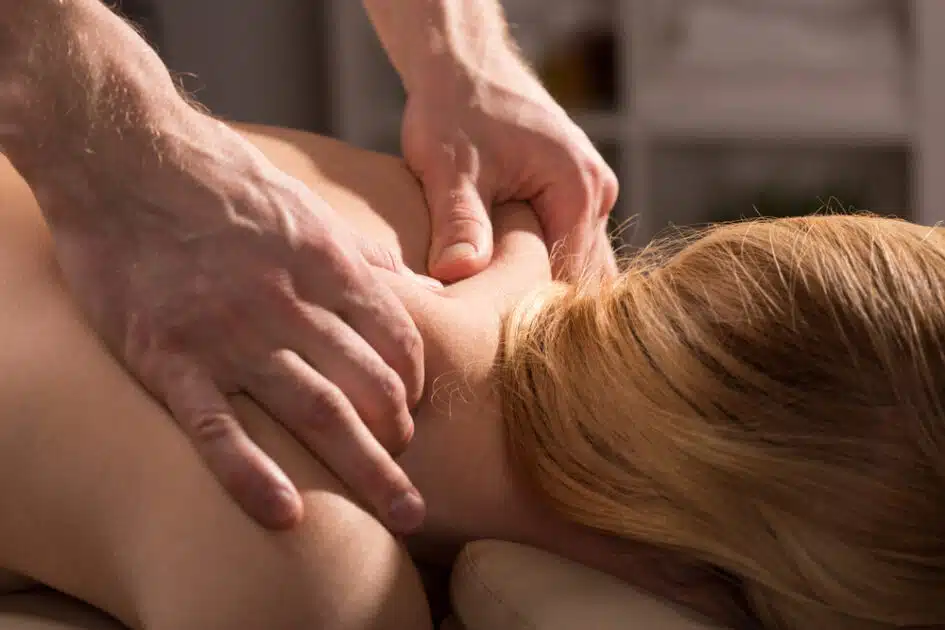
Precision Massage’s guiding principles include attention to detail, personalized therapy, and precision in pressure application. The therapist uses their extensive understanding of the human muscular system to pinpoint regions of tension and apply the proper pressure to relieve it.
Tension with Precision Massage Techniques and Tools
Precision Massage employs a variety of methods, depending on the needs of the client. Deep tissue massage, myofascial release, and trigger point treatment are all prevalent techniques.
All of these techniques entail paying close attention to individual muscles or muscle groups and using specific, targeted strokes to release tension. While the massage therapist’s hands are the primary instrument in a Precision Massage, additional tools can be utilized for certain methods as well.
To reach deeper levels of muscle or apply pressure more precisely, massage balls, rollers, and specialist portable equipment can be used. Hot or cold treatment may also be used in the session, with instruments such as hot stones or cooling gels used to help relieve muscular tension.
Best massage for Tension with Precision
When combined with a Tension and Precision massage method, a variety of massage techniques can be quite beneficial. The optimum approach is frequently determined by the client’s precise stress regions, individual pain tolerances, and personal preferences. Here are some of the most appropriate techniques:
Deep Tissue Massage
To reach deeper layers of muscle and fascia, this method uses firm pressure and slow strokes. It is excellent for easing persistent muscular stress, supporting muscle injuries, and enhancing posture. The delicate application of pressure to specific muscles or muscle groups during a deep tissue massage is where the precision resides.
Trigger Point Therapy
Trigger points are constricted regions of muscle tissue that hurt elsewhere in the body. In trigger point treatment, the therapist locates specific trigger points and applies concentrated, exact pressure to relieve the pain. This approach works wonders for relieving stress in particular places.
Myofascial Release
This technique involves applying gentle, persistent pressure into the myofascial connective tissue limits to alleviate pain and restore mobility. Precision is required when the therapist locates and treats specific fascial limitations linked to muscle stress.
Neuromuscular Therapy
To alleviate muscular discomfort and dysfunction, this technique harmonizes the body’s central nervous system with the musculoskeletal system. In order to treat the underlying causes of chronic pain involving the musculoskeletal and neurological systems, it employs accurate posture analysis and focused massage.
The optimal massage method for a Tension and Precision approach is determined mostly by individual demands and particular regions of tension in the body. Based on a comprehensive examination of the client’s condition, a trained massage therapist should be able to prescribe the most appropriate treatments.
Practical Application of Tension with Precision Massage
Step-By-Step Guide for Applying the Technique
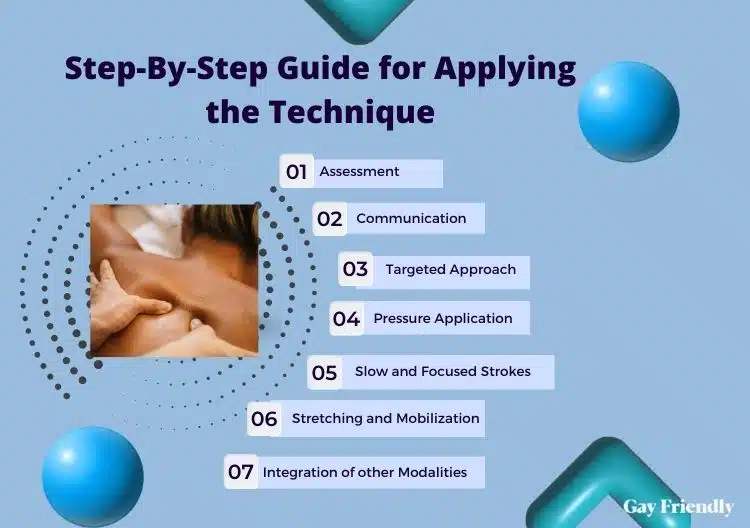
1. Assessment
Begin by conducting a thorough assessment of the client’s musculoskeletal condition, identifying areas of tension and any specific concerns or limitations.
2. Communication
Engage in open communication with the client to understand their comfort level, pain tolerance, and specific areas of focus. This step helps customize the treatment to their needs.
3. Targeted Approach
Identify specific areas of tension or trigger points that require attention. Apply precise techniques, such as deep tissue massage, trigger point therapy, or myofascial release, to these areas.
4. Pressure Application
Gradually apply pressure to the targeted areas, starting with a lighter touch and gradually increasing as tolerated. The goal is to provide enough pressure to address the tension effectively without causing excessive discomfort.
5. Slow and Focused Strokes
Utilize slow, deliberate strokes with varying pressure to release tension and knots. Ensure a mindful approach, adjusting techniques and pressure based on the client’s feedback and response.
6. Stretching and Mobilization
Incorporate gentle stretching and mobilization techniques to further release tension, increase range of motion, and improve muscle flexibility.
7. Integration of other Modalities
Consider integrating other complementary techniques such as heat therapy, cold therapy, aromatherapy, or hydrotherapy, based on the client’s preferences and needs.
Safety Precautions and Warnings
- Precautionary Measures
Ensure the client’s safety by obtaining a thorough health history, including any existing medical conditions, injuries, or allergies that may impact the massage treatment. - Contraindications
Take note of contraindications such as acute injuries, open wounds, infectious skin conditions, severe or uncontrolled hypertension, deep vein thrombosis, and recent surgeries. Adjust the treatment accordingly or refer the client to a healthcare professional if necessary. - Proper Body Mechanics
Maintain good body mechanics and ergonomics during the massage to prevent strain or injury to the therapist. - Client Comfort
Continuously assess the client’s comfort level, encouraging them to communicate any discomfort or pain during the session. - Continued Education
Stay updated with the latest research and best practices in Tension with Precision Massage to ensure the highest standards of safety and effectiveness.
Massage therapists can successfully use the Tension with Precision approach to target specific areas of tension in their customers’ bodies, boost relaxation, and encourage general well-being.
Recommended:
Massage Etiquette: 10 Dos and Don’ts You Must Know for First-Timers
The Bottom Line
A specialist massage method called tension with precision focuses on using precise techniques to target the body’s unique stress points. This technique seeks to deliver efficient alleviation, encourage relaxation, and enhance general well-being by comprehending the distinct patterns of stress and providing individualized treatments.
The most important things to keep in mind regarding tension with precision massage are that it goes beyond a generalist approach and focuses on particular tension sites. Tension with Precision Massage frequently employs methods including deep tissue massage, trigger point treatment, and myofascial release. The therapeutic effects are maximized by the interaction of tension awareness and precise procedures. For the best results, client interaction and therapy personalization are essential.
Tension with Precision massage therapists may provide their clients with a highly effective and specialized approach to suit their unique requirements by consistently honing their skills in this technique. This dedication to lifelong study and practice guarantees that the therapist keeps current with industry advances and provides the finest results for the health and well-being of their clients.













